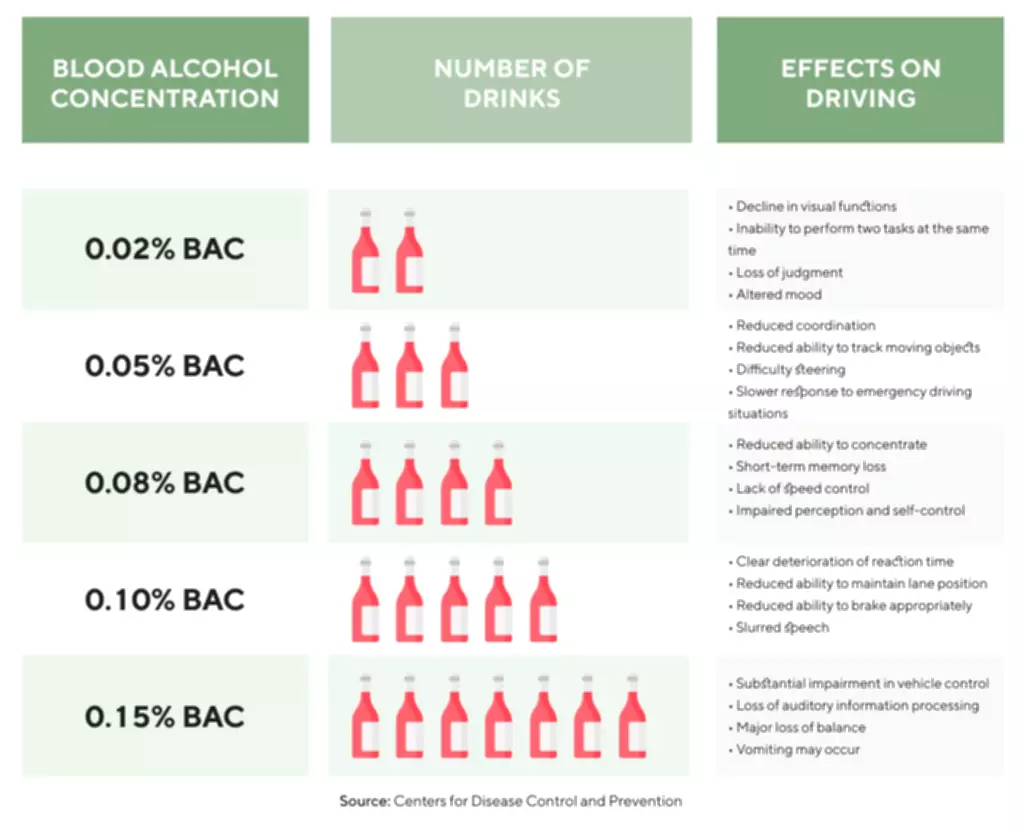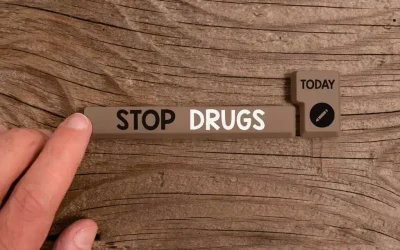Content
- Yoga Teacher Insurance
- How Does Meditation and Yoga Help in Recovery?
- Mantra:
- Discover the Advantages of Practicing Yoga During Pregnancy
- Overcoming Addiction with Kundalini Yoga
- Five Different Meditation Types for Addiction Recovery
- Yoga, Mindfulness, and Addiction – A Union of Mind, Body and Spirit
- Search Tip: For the best results, search using 1 word at a time.
- Join Yoga Journal
With the body and mind now functioning at better levels, it is possible to face life’s challenges without turning to the previous addiction for solace. Further yoga sessions will help teach the addict how to focus on the positive and attract positive energy to themselves from their surroundings, thus further fortifying their resistance to the addiction. Some addictions could have started as medications necessary to treat specific health or mental conditions.
Does meditation fix dopamine?
Research has found that meditation can help increase your dopamine levels ( 34 ). Furthermore, as a result, people who meditate regularly have been found to be more open to feedback than people who don't (35).
These poses help regulate the nervous system, reduce stress and anxiety, and increase mindfulness, which are crucial for maintaining sobriety. There are countless resources for yoga and meditation that are available to newcomers to meditation and seasoned yoga veterans alike. For newcomers to yoga and mindfulness practices, one of the best ways to get involved is to look for beginner classes that teach meditation and yoga techniques.
Yoga Teacher Insurance
Moreover, yoga provides a safe environment for exploring difficult emotions such as shame or guilt. Practicing regularly can help build emotional resilience – coping with stressors without relying on substances. Bedtime mantras may also be used during your practice to focus on a specific intention or affirmation before sleep. Chanting mantras such as “I am at peace” or “I am worthy of love” can help individuals cope with challenging emotions related to addiction while promoting positive self-talk. Incorporating walking and yoga into one’s daily routine can also provide structure and purpose as one navigates recovery.

With time, it will become easier to call yourself into a meditative state. Once you have that ability, it's the goal for that new state of awareness to translate into other areas of your life. Rather than simply reacting to what happens to you, this practice can help you manage your thoughts, emotions, and behaviors with heightened intention and perspective. Just give it a go & watch those intense yearnings, waves of urgency to grab whatever ‘it’ is or cravings lessen in their power over you as YOU strengthen your command over impulses.
How Does Meditation and Yoga Help in Recovery?
Mantras are repetitive phrases or words that profoundly affect the mind, body, and spirit. They can be chanted aloud or silently during yoga practice or meditation. The most common type of yoga breathwork used in addiction recovery is called Pranayama. It involves various techniques such as Ujjayi Pranayama (victorious breath), Kapalbhati Pranayama (breath of fire), and Nadi Shodhana Pranayama (alternate nostril breathing). These techniques help calm the mind and clear emotional blockages that may contribute to addictive behavior. Meditation is a simple but powerful technique that has many benefits for people in recovery from drug or alcohol addiction.

Group therapy sessions usually involve a therapist facilitating discussions among participants. The focus might be on specific topics such as coping strategies, managing triggers, or relapse prevention techniques. Participants will also learn about different approaches to healing, such as meditation or mindfulness practices that complement yoga practice. Through consistent practice, yoga can help individuals cultivate spiritual awareness, which is critical in addiction recovery. Practicing yoga allows people to explore their deepest fears and anxieties without judgment or shame. By doing so, they can release negative emotions that may have contributed to their addictive behaviors.
Mantra:
When she experiences anger and depression, she can watch these feelings melt away by using her breath to quiet her mind. The use of yoga in addiction treatment centers is certainly not part of mainstream therapy. “Yoga isn’t a favorite topic among addiction specialists,” explains Peter Stein, a drug counselor at the North Charles Institute for Addictions in Somerville, Massachusetts, who is a also a certified yoga teacher. There are only a handful of studies on the subject; subsequently, there isn’t a large body of evidence to convince skeptics.
Some addictions could have been a means or an immediate solution to a problem or stressful work situation. Either way, any addiction usually spirals out of control and, in more severe cases, could result in death. However, it is essential to remember that yoga should not be used solely as a treatment for addiction but as a complementary practice alongside medical treatment and therapy. It is always recommended to consult with healthcare professionals before starting any new exercise regimen.
Yoga helps people recover from addiction by teaching them how to effectively manage their thoughts and emotions. Through yoga postures (asanas), individuals learn how to regulate their breathing, calm their minds, and observe their thoughts without judgment. Daily morning yoga creates a sense of routine, which helps develop discipline. As individuals in addiction recovery know all too well, self-discipline is essential when striving toward long-term sobriety goals. Morning yoga is a great way to start your day and start your addiction recovery journey.
What is Kundalini syndrome?
She lists one of the effects of kundalini awakening as psychological and emotional upheaval, including intensification of unresolved psychological conflict, fear of death or insanity, overwhelming mood swings. heightened sensitivity to others' moods, confusion.
In her role, she oversees the clinical department as a leader, educator and mentor, designing programming and protocols for a diverse client population. With yoga, you’ll use both to overcome obstacles you may face in your mind. With physical postures, breathwork, and other https://ecosoberhouse.com/ tactics, yoga can provide a number of benefits, especially for those overcoming SUD. Kundalini Yoga and Meditation can benefit anyone who is experiencing anxiety, depression and compulsive behaviors by offering healthy alternative to handle stress, anxiety and depression.
Typically, this practice involves attuning yourself to sensory experiences such as enjoying the stretching sensation during a yoga pose, enjoying the sounds of nature, or even taking in the smell of your favorite soap while washing your hands. Practicing being in the moment can help you find comfort in even the most stressful real-world moments and help you reestablish your place in reality. The meditative aspects of yoga provide you with increased self-awareness as well as emotional healing. This increased self-awareness can help you develop a better sense of who you want to be and learn how far you’ve come in dealing with SUD, making relapse less likely.
Bit by bit, recovery is about taking responsibility for yourself, for your reactions and your behaviours. Bit by bit, by choosing to stretch, by choosing to breathe consciously, instead of activating your safety mechanisms, you begin to create a new form of safety for yourself. Of course, practices as ancient as yoga and mindfulness can be undertaken in countless ways. Using these tools, coupled with participation in a 12 step or other recovery program, working with a licensed professional and engaging in other healing, recovery and treatment programs, can bring people from despair. The Fourth Step of 12 Step recovery involves making a fearless, compassionate inventory of yourself, your emotions, and your past.
Incorporating yoga into an addiction recovery program can positively affect one’s emotional well-being. Additionally, certain types of yoga, like Kundalini Yoga, focus specifically on regulating the nervous system, which can help reduce anxiety levels. Breathwork techniques used in many styles of yoga have been shown to activate the parasympathetic nervous system or “rest-and-digest” response, further reducing stress levels. Integrating breathwork into your bedtime yoga practice is also highly recommended. Breathing exercises such as Ujjayi Pranayama or Nadi Shodhana Pranayama can calm the mind-body connection by slowing breathing rates and increasing oxygen intake.
- Practicing yoga can help restore physical health during addiction recovery by improving flexibility, strength, and balance.
- Bedtime mantras may also be used during your practice to focus on a specific intention or affirmation before sleep.
- Many addiction recovery programs use these practices to help manage control and relapse risks by encouraging mindfulness and staying in the moment.
- In this 9 video course, you will take a journey through the seven chakras, and the seven difficult emotions, using Kundalini Yoga and Meditation, written work, guided visualizations, and mantras.
You will be given tools that can be used throughout the day to help keep you centered, connected and calm. Our holistic therapies include meditation and yoga to improve physical and mental well-being as well. If you have tried traditional therapies and they have not seemed to work, utilizing yoga and meditation may be a great way for you to start reducing various physical or mental symptoms you may have. Some other reasons why meditation and yoga are often used in substance abuse recovery programs will be detailed below. Not only does yoga have benefits for the brain, but it can also improve mood.
Yoga, Mindfulness, and Addiction – A Union of Mind, Body and Spirit
The physical postures of yoga can help release built-up tension and stress stored in the body, leaving practitioners feeling more relaxed and at ease. Incorporating mindfulness into a yoga practice involves focusing on breathing and body movements while letting go of distractions. This creates a space where individuals can observe their thoughts and feelings as they arise without getting lost in them or reacting impulsively. meditation for addiction recovery These postures encourage deep breathing, release tension from muscles and joints, and quiet the mind. Walking and yoga are accessible practices that require minimal equipment or experience; all that is needed is comfortable clothing and footwear. By combining these practices in addiction recovery efforts, individuals may find increased physical, emotional, and spiritual well-being while developing healthy habits.
- This meditation for healing addiction has a very strong efficacy, but it will take practice before you become able to stretch it out comfortably.
- With physical postures, breathwork, and other tactics, yoga can provide a number of benefits, especially for those overcoming SUD.
- She has written extensively for print and online publications specializing in education and health issues.
- Through regular practice, individuals can learn to regulate their emotions effectively rather than relying on drugs or alcohol.
- Even five minutes each day of Kundalini meditation is likely to help you, so don't underestimate the value of even this most basic practice.
